How I Took Star Pics With My Phone
by PaulGetson in Circuits > Gadgets
1879 Views, 5 Favorites, 0 Comments
How I Took Star Pics With My Phone
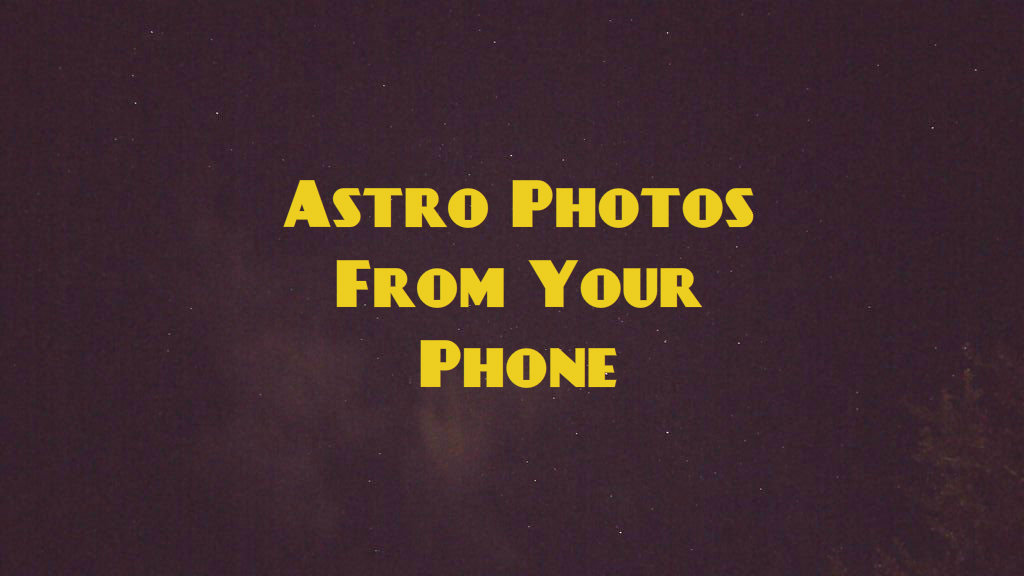
I was walking home late Saturday evening, I was going through a dark park, and looking up, I could see stars breaking through the light clouds.
I decided to plop down and relax to view the sky.
Not the Way to Take One
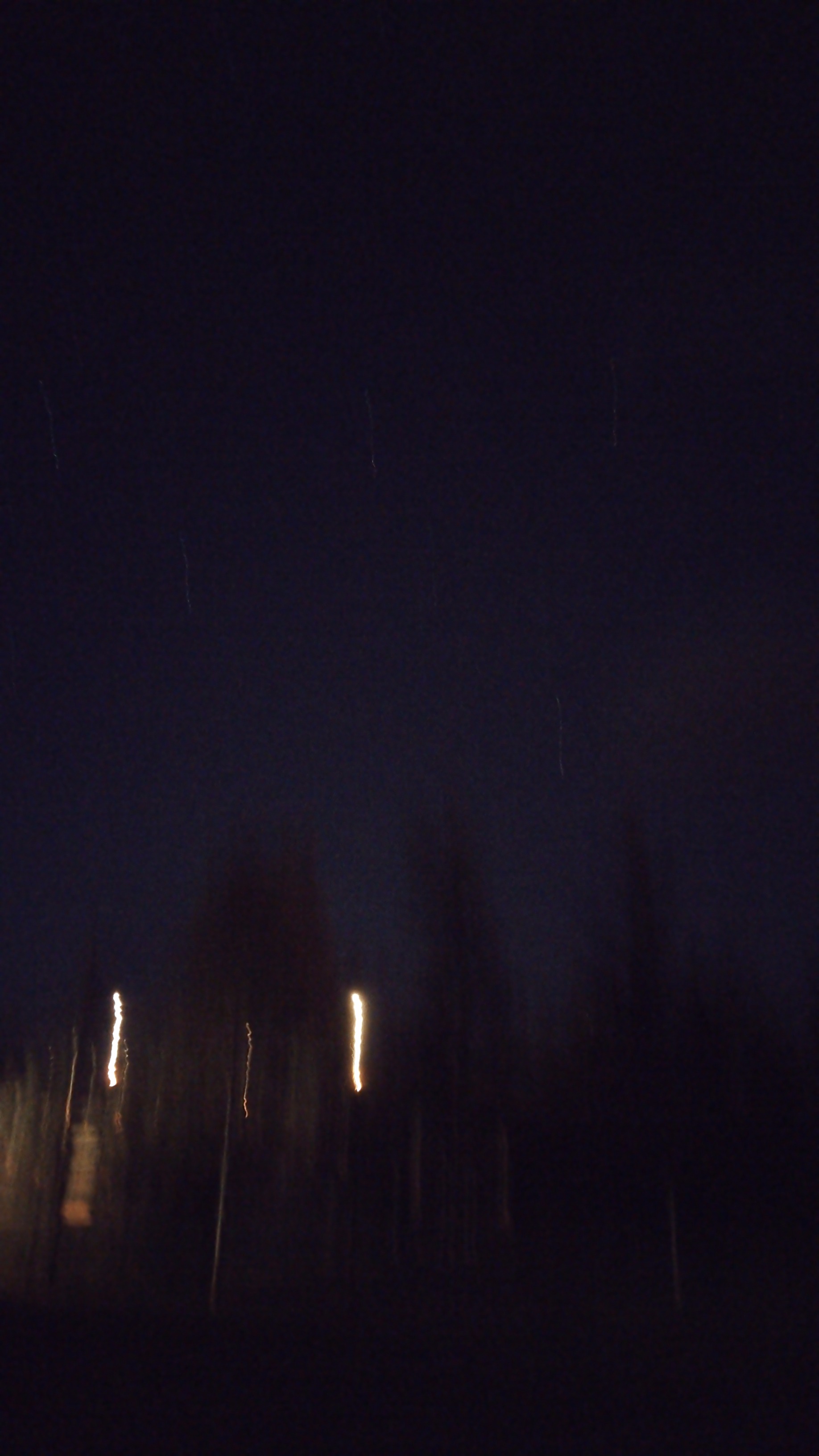
I thought I'd take a picture with my Samsung Android S6 to see what was visible, but with the first shot, I knew it wouldn't work.
I tried bracing my arm against the ground, but even with that, the image was blurred streaks.
Steadier But Still Problems
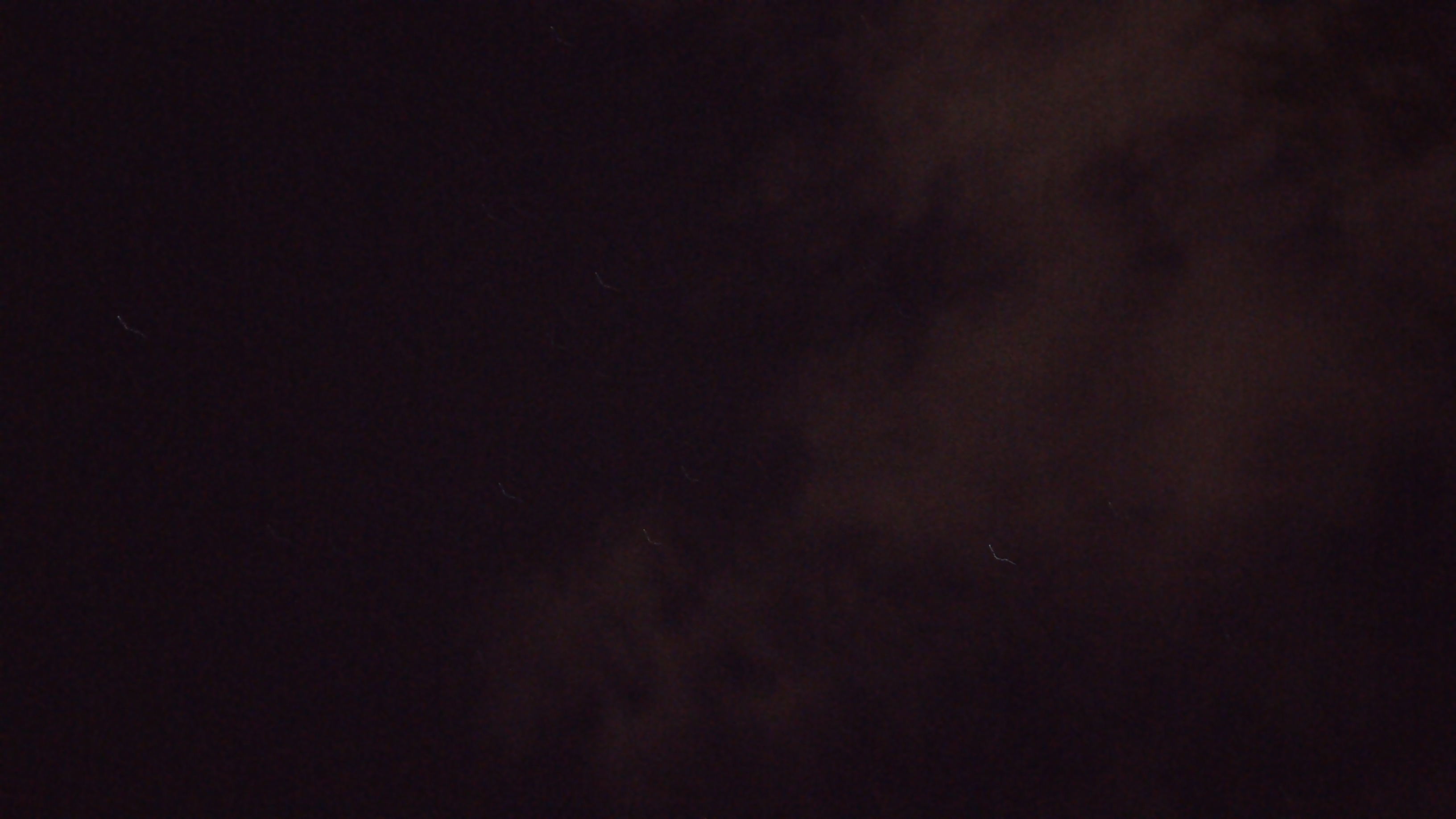
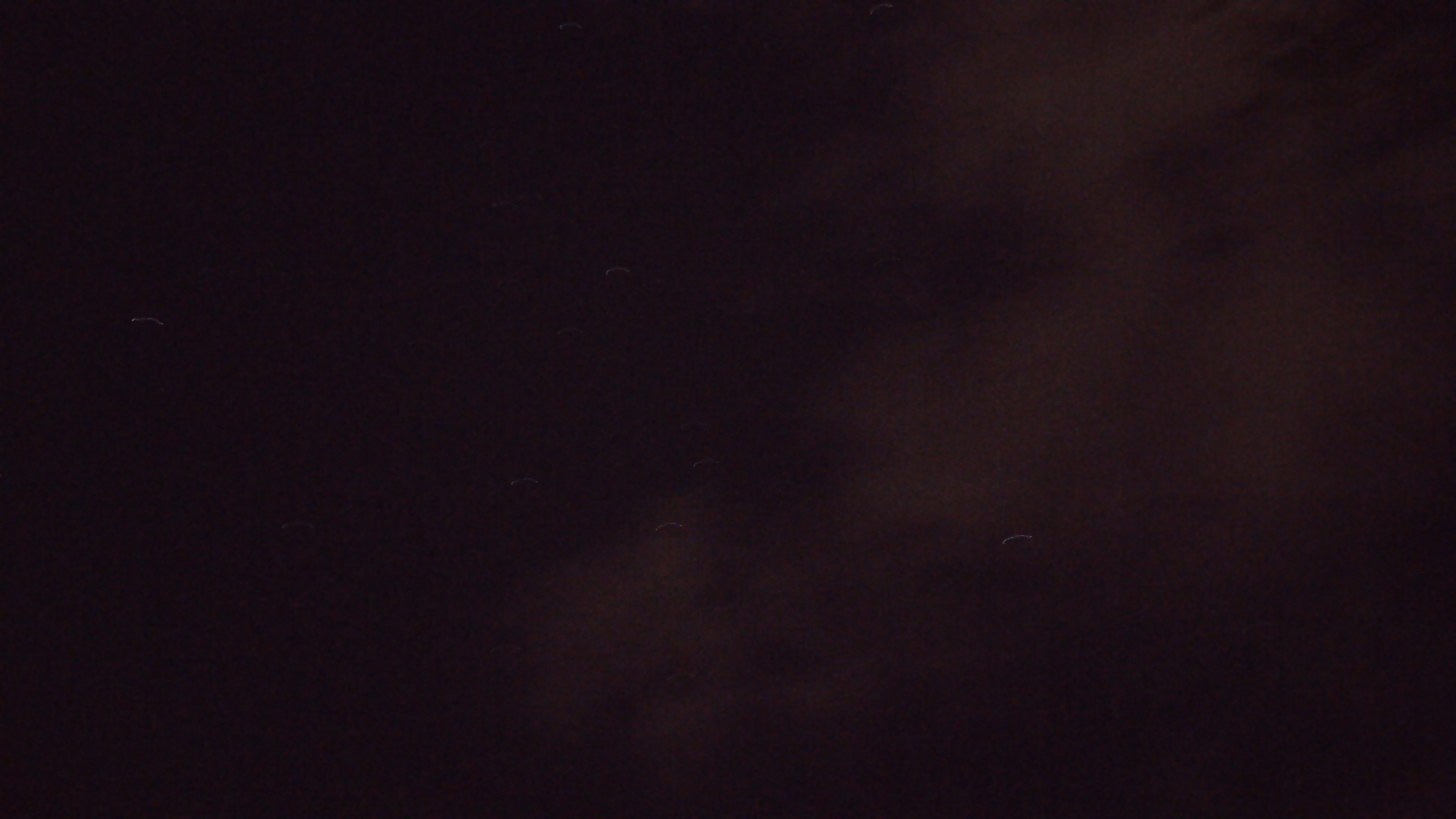
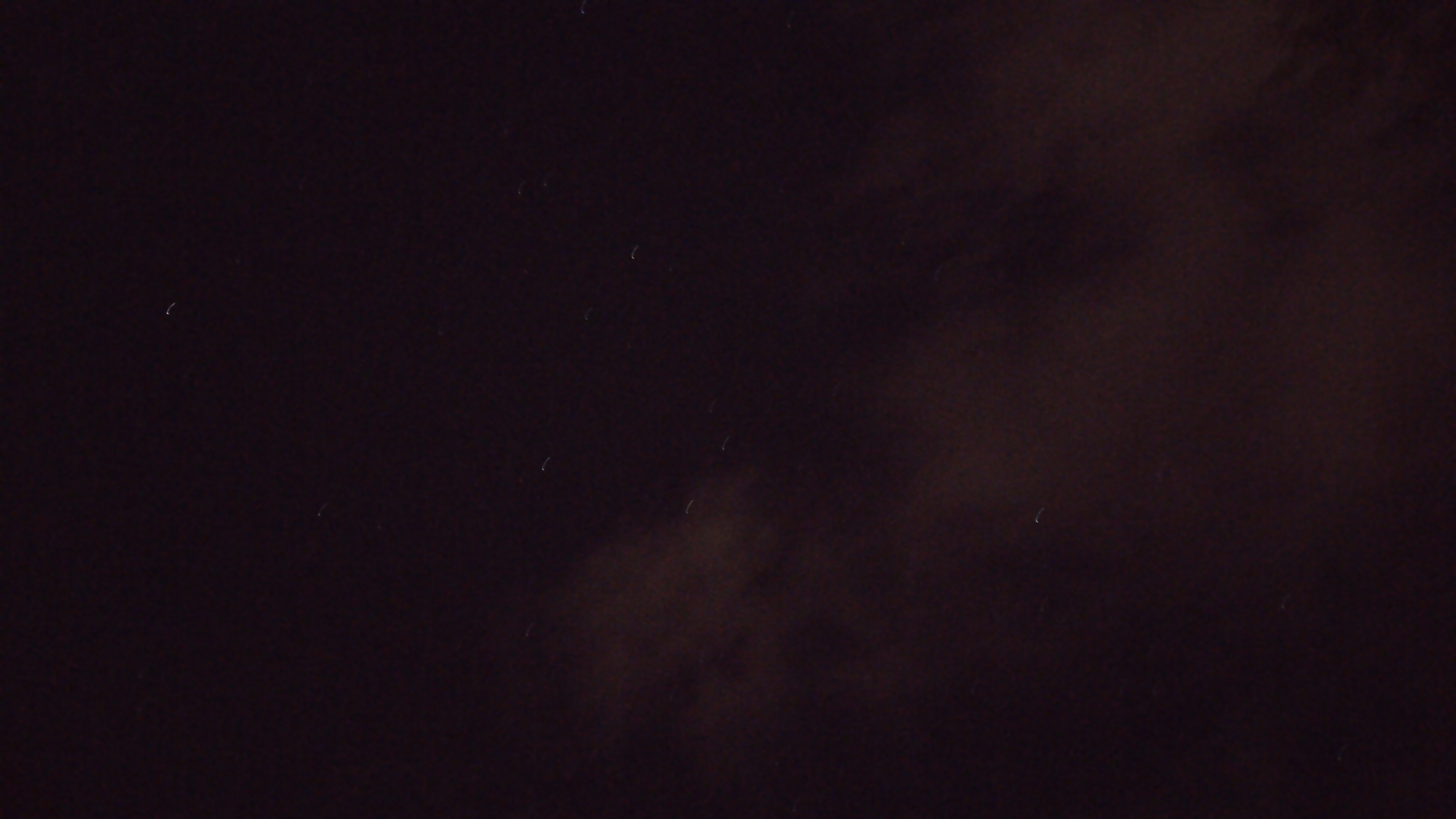
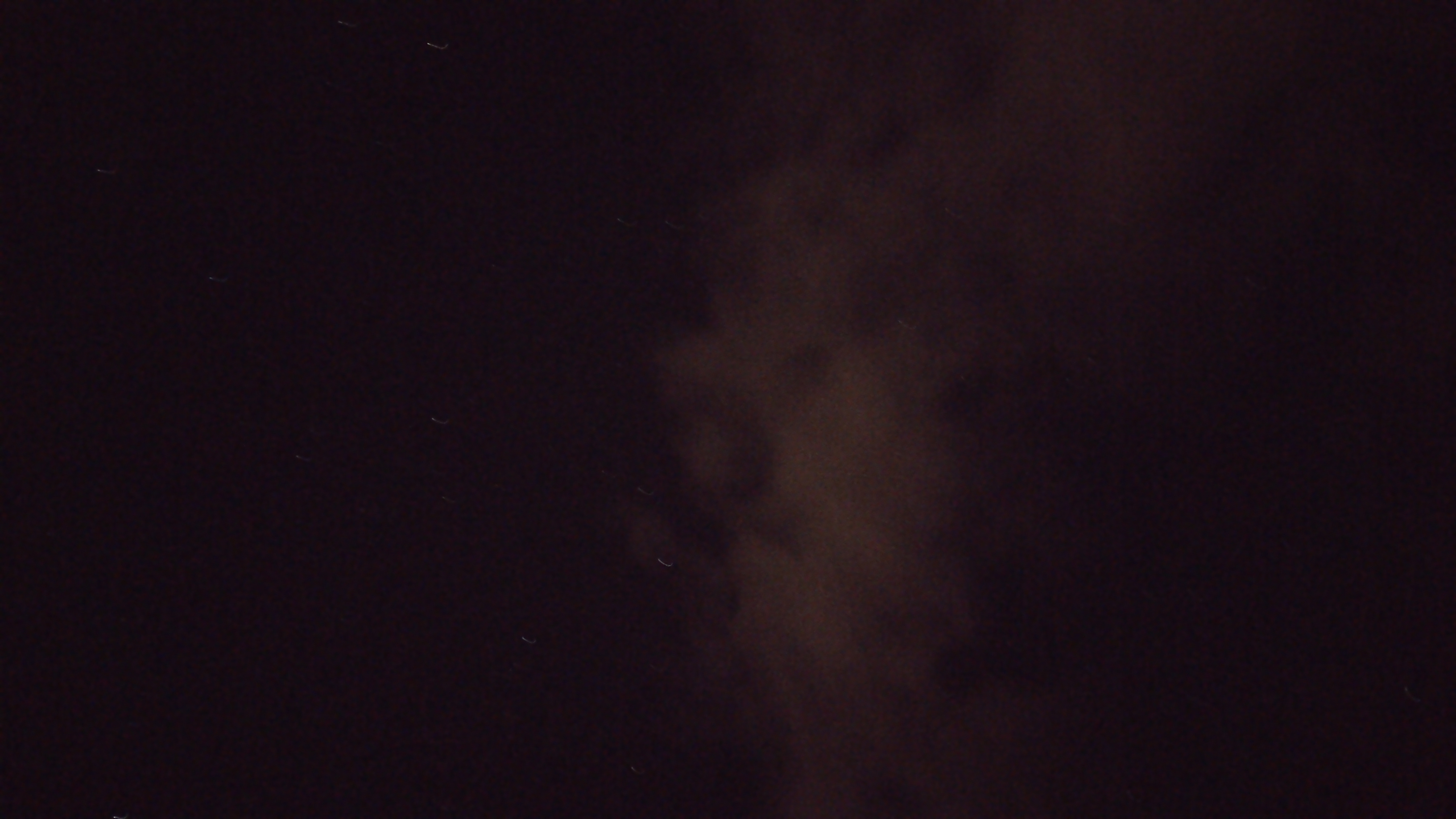

Eventually, I figured I needed to place the camera on the ground to take a still image.
With my finger on the screen trying to press the screen button, and the phone on the grass, I was still jiggling the image.
I finally decided to put a 3 second, then a 10 second delay on the camera before the picture would take, allowing time for the phone to settle in the grass before the image capture.
Delay and Aperture
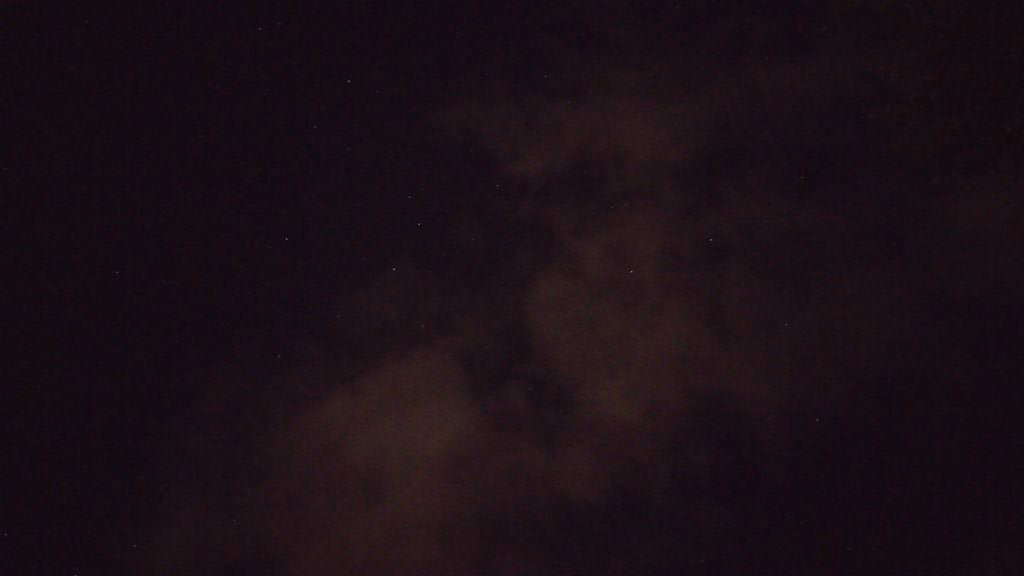
Once I figured out how to actually control the camera, I put it into pro mode, and gave the camera app a delay of 10 second aperture, with a 'film speed' of ASA 800.
This gives a good exposure, but as one of my astronomy friends told me later that evening, any image taken longer than 1.5 seconds will begin to develop trails, as the earth's rotation begins to impact the crispness of the image.
I didn't mind having small trails in my image as it makes the stars more visible.
If I was concerned with streaks, I'd take a bunch of photos at a slower speed, and stack them together with software such as Registax free imaging software available here: http://www.astronomie.be/registax/
But that will be for a future Instructable.
The Images
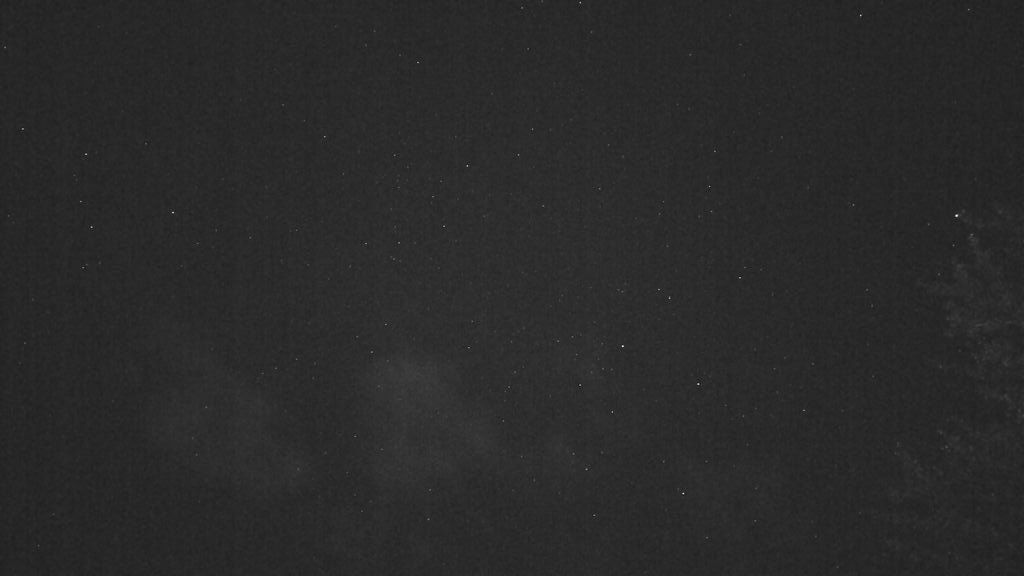
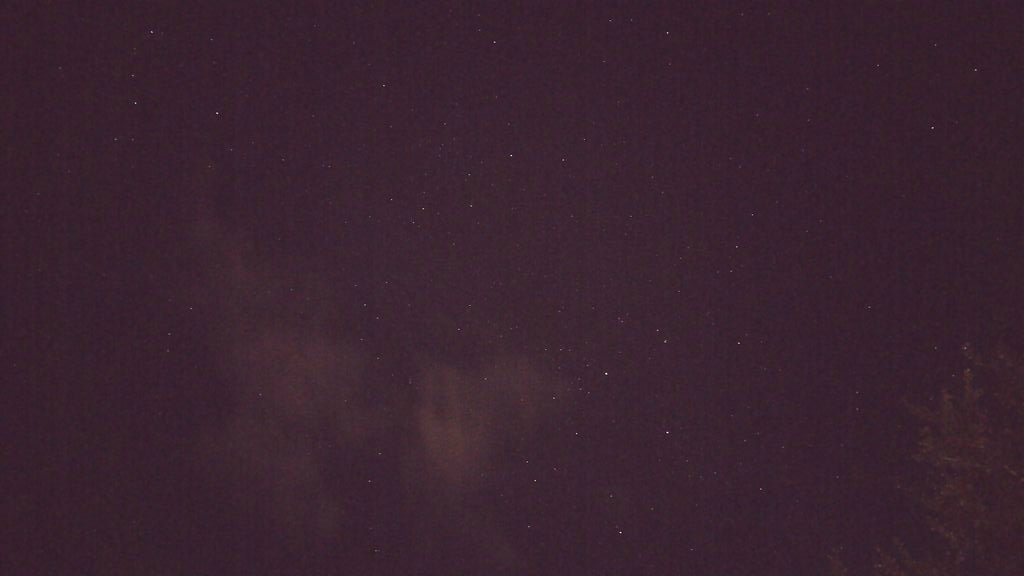
The final two images I took.
Mode was Pro.
Exposure was for 10 seconds.
ISO was set for 800.
Metering was Center Weighted.
One was set for Grayscale effect.
Focus was set for infinity (pushed to the mountains).
Everything else was standard.